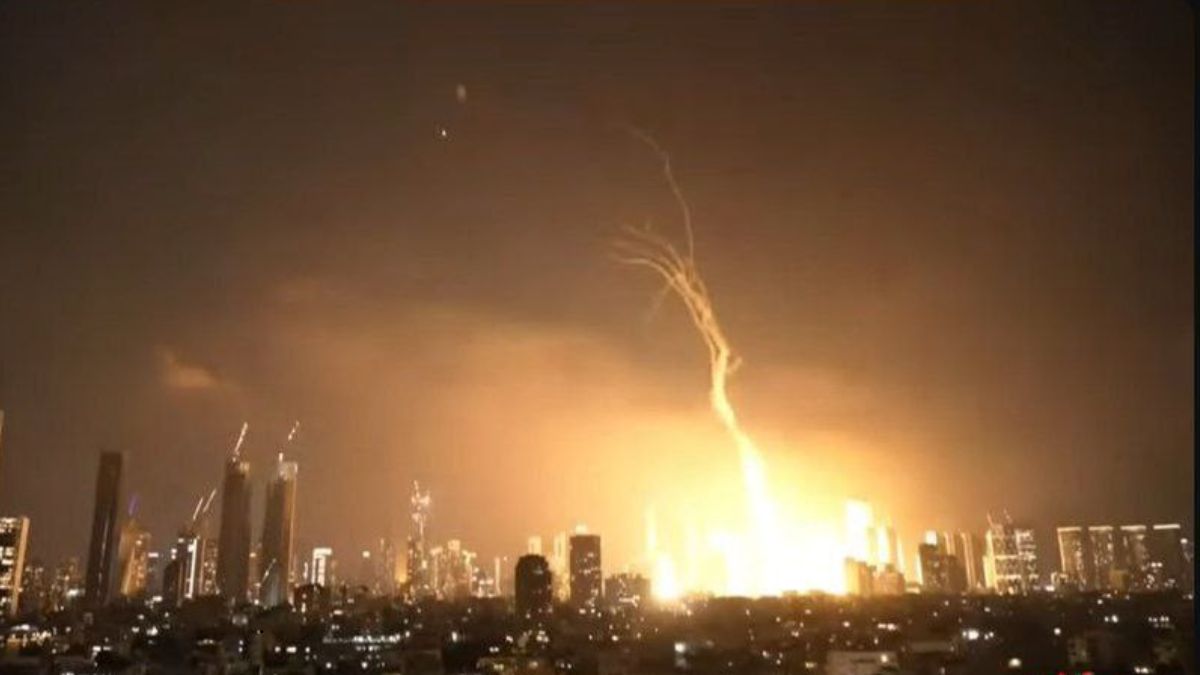Tensions between Israel and Iran have escalated into a full-scale conflict after a fresh wave of Israeli airstrikes hit key Iranian nuclear and military targets overnight. The Israeli military confirmed on Friday, June 13, that it has “destroyed infrastructure critical to Iran’s nuclear weapons program,” including sites in Isfahan and Natanz, widely regarded as core to uranium enrichment and weapons-grade material conversion.
According to the Israel Defense Forces (IDF), the air force targeted:
- A facility producing metallic uranium
- Infrastructure for converting enriched uranium
- Key laboratories and testing facilities
The IDF claimed these strikes mark the “next stage” in dismantling Iran’s nuclear ambitions.
In a significant blow to Iran’s military leadership, Revolutionary Guard chief Hossein Salami and other senior commanders were reportedly killed. Iran also reported the deaths of six nuclear scientists and alleged civilian casualties, including children—although these reports have not been independently verified.
Just hours after the strikes, Iran launched missiles towards Israel, prompting the Israeli military to activate nationwide defense systems. The Israeli public has been advised to enter shelters until further notice, as authorities brace for potential drone and rocket attacks from Iran and its proxies.
This marks a dangerous new phase in the Middle East crisis, as U.S. President Donald Trump urged Iran to “make a deal” over its nuclear program or face “even more brutal” consequences. Iran has accused the U.S. of backing the Israeli assault—an allegation the White House denies.
Israel has also declared a state of emergency, anticipating further retaliation from Tehran in the coming hours. The situation remains volatile, with global leaders calling for urgent de-escalation.


